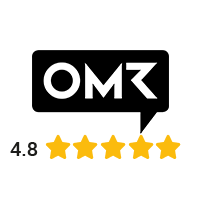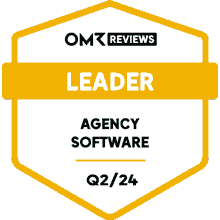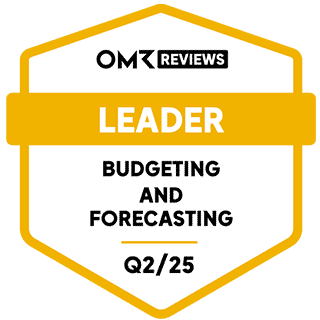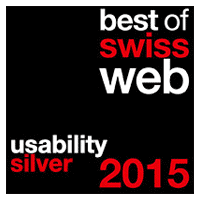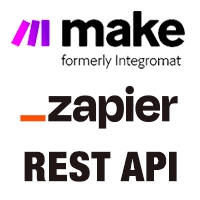Article from
Keep it Simple and Stupid (KISS) – Why Simplicity is Key for Service Provider Processes
Efficiency doesn't come from more tools or processes – but from clear structures and smart processes. Why service providers with project-based work benefit from radical simplification and how the KISS principle helps make real progress.
The KISS Principle for Service Providers
Complexity is the Enemy of Efficiency
In project-based work – with quick responses, many participants, and constantly changing requirements – processes can quickly spiral out of control. What starts as a clever system often becomes a confusing structure that costs time and nerves.
The good news: There is another way. Companies that radically simplify their processes gain a real advantage. And this is achieved not through more control, but through a clear focus – best guided by a simple rule: Keep it simple and stupid (KISS).
What is the KISS Principle?
Keep it Simple and Stupid
The KISS principle (keep it simple and stupid) was coined by the US military in the 1960s and is now a staple of modern product and process development. The idea is simple: Solutions work best when they are kept as simple as possible.
For service providers with project-based work – such as consultancies, agencies, or IT companies – the principle is particularly valuable. Their daily routine is tightly scheduled, often under time pressure, and requires constant switching between projects, clients, and responsibilities. Complex processes are no help – they slow things down.
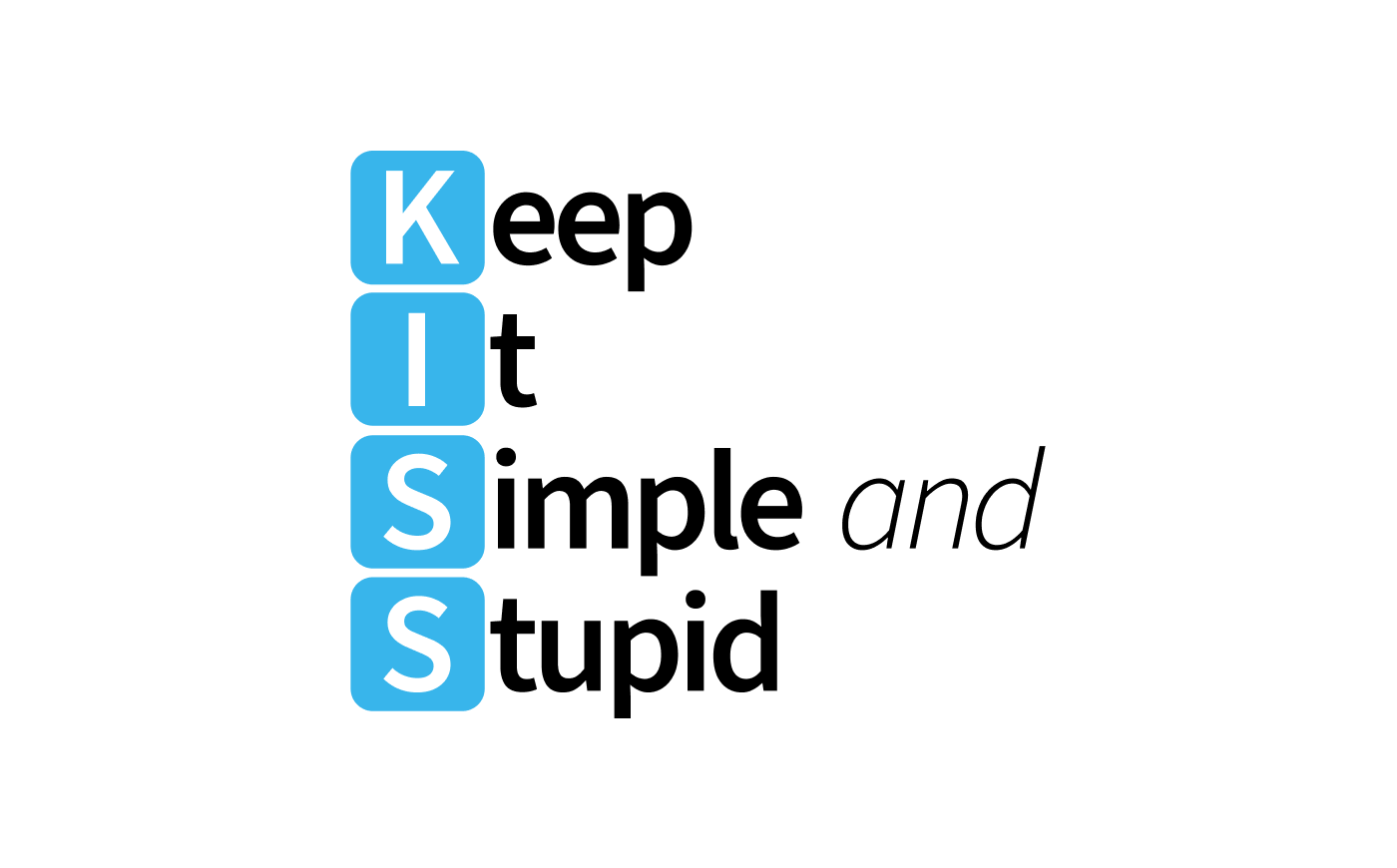 English image not yet available...
English image not yet available...
Simplicity does not mean sacrificing functionality. It means focusing on what truly matters. It means choosing tools that don't do everything – but do the right things. And it means designing processes that are understood and supported – from junior staff to the CEO.
 English image not yet available...
English image not yet available...Simplicity does not mean sacrificing functionality. It means focusing on what truly matters. It means choosing tools that don't do everything – but do the right things. And it means designing processes that are understood and supported – from junior staff to the CEO.
Behind simplicity lies not naivety, but clarity. To avoid complexity, one must know precisely what is necessary – and have the courage to leave everything else out.
A good example is project time tracking. The simpler it works – ideally directly from the work context – the more consistently it will be used. The result: better data foundation, simpler invoicing, clearer controlling.
Why Complexity is Dangerous
Complexity Often Appears Professional – But is Rarely Productive
It usually arises not from strategic planning, but from uncontrolled growth of requirements, special cases, and tools.
Typical Symptoms
- Duplicate Data Maintenance: Information is manually maintained in multiple places.
- Time-Consuming Onboarding: New employees need weeks to understand processes.
- Tool Proliferation: Many tools with similar purposes, without clear integration.
- Lost Time: Processes are not well thought out, but have grown historically.
Overall, this leads to a loss of productivity and motivation. And it becomes harder to scale the company – because every growth step creates new complexity.
Simplicity as a Strategic Decision
Simplifying Processes is a Decision for Efficiency and Clarity.
This is evident in concrete terms:
- Faster Onboarding: New employees find their way around more quickly.
- Better Tool Acceptance: When applications are logically structured, they are used – not bypassed.
- Clearer Responsibilities: Fewer process steps, more transparency.
- Reliable Data Foundation: Simple reporting, informed decisions.
Especially in project-based work, where many gears mesh, simplicity has a direct impact on the performance of the entire company.
Tool Selection: Less is More
A common mistake in growing service companies is the desire for a platform that can do everything.
Project planning, communication, documentation, accounting – ideally from one source.
The problem: The more a tool is supposed to do, the more its everyday usability suffers. The result is overloaded interfaces, confusing menus, and inconsistent workflows. Employees lose track – or bypass the tool entirely. You can find an interesting case study on this here.
Instead, it is worth looking at specialized software solutions that precisely map the tasks relevant to project business. The key is not to bundle everything in one tool – but to ensure that the tools used work well together.
 English image not yet available...
English image not yet available...
 English image not yet available...
English image not yet available...MOCO follows exactly these principles. The software covers all central business processes that service providers need in their project day-to-day – from time tracking to invoicing to capacity planning. At the same time, MOCO deliberately omits functions that fall more into the area of project management or collaboration – such as task management or chat functions. We call this the "Best-in-class" approach.
Instead of covering everything, MOCO focuses on clean interfaces. This means: If your company works with a tool like Slack or DATEV, MOCO can be seamlessly integrated – without media disruption, without duplicate data maintenance.
The result: A clear focus on core processes – without the clutter.
Conclusion: Simplicity is Not a Sacrifice, but Progress
Complexity is Not a Sign of Maturity – But Often of Lack of Clarity
Simplifying processes not only creates more efficiency but also strengthens team satisfaction, decision-making ability, and scalability of the company.
The KISS principle is not a theoretical concept, but an invitation to practice: What can be left out, what can be simplified, what can be made clearer?
The answer to these questions not only moves companies with project-based work forward faster – but better.

